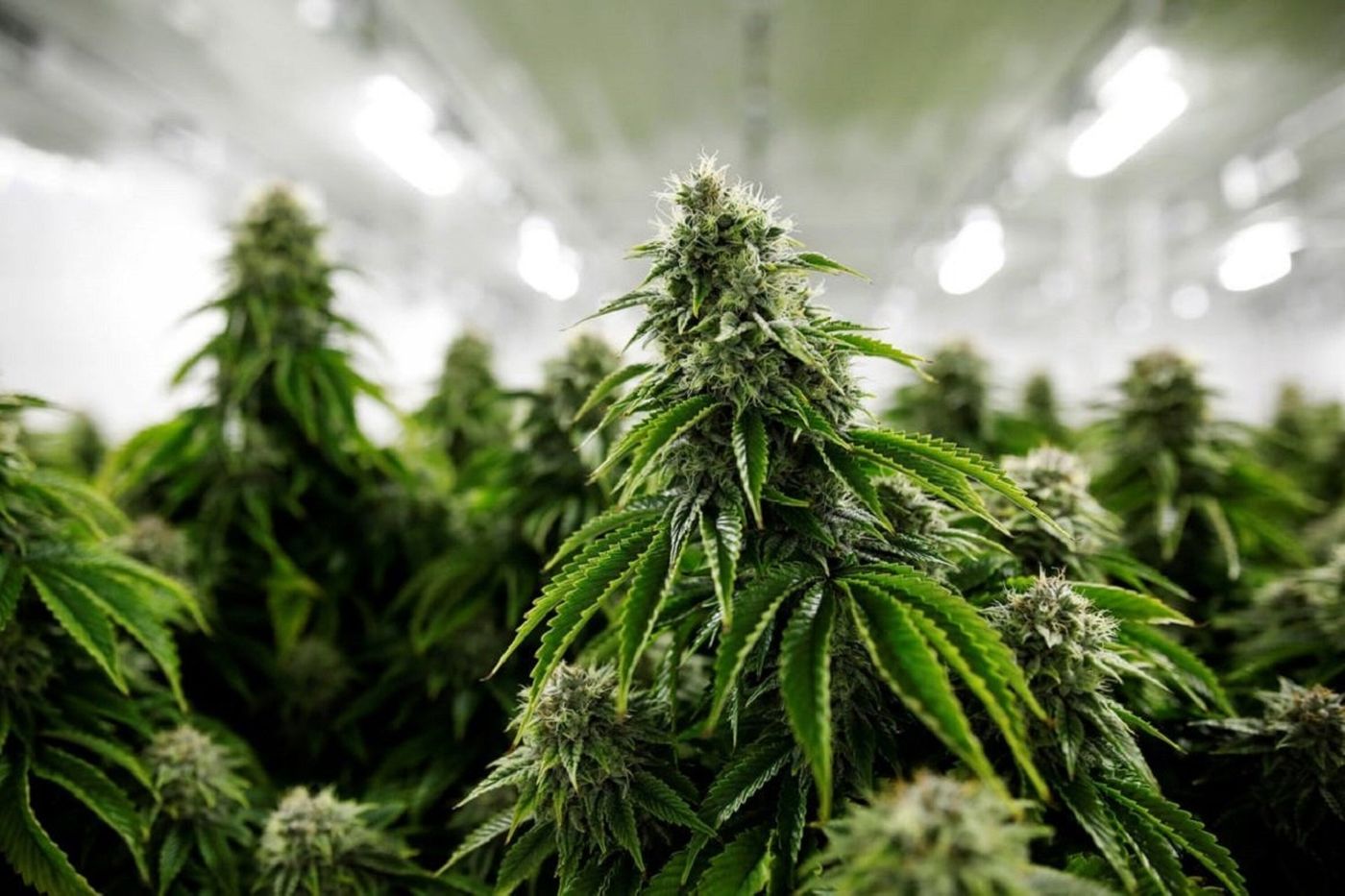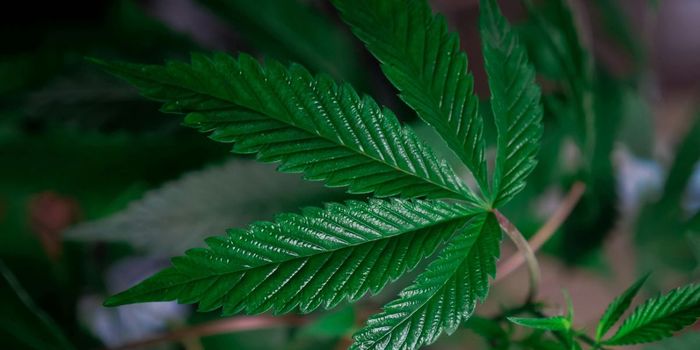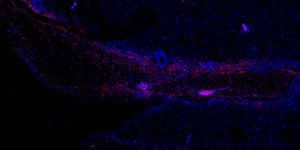Customized Phytocannabinoid Profiles: A Novel Source of Precision Therapeutics for Specific Cancer Subtypes?
According to a recent study published in Oncotarget, cannabis extracts may harbor the potential to eventually be tailored to treat specific cancer subtypes using certain phytocannabinoid combinations at designated concentrations.
To interrogate the feasibility of employing cannabis preparations with distinct phytocannabinoid profiles as therapeutic agents for treating particular cancer subtypes, researchers of the present study characterized the in vitro antitumor effects of 12 whole cannabis extracts – each with a different phytocannabinoid profile – on 12 cancer cell lines from different tumor origins.
Phytocannabinoid Profiling of Cannabis Extracts
Using electrospray ionization liquid chromatography/mass-spectrometry (ESI-LC/MS; a method developed and optimized by the lab), individual phytocannabinoid profiles were generated and analyzed from 124 separate, decarboxylated cannabis extracts.
Unsupervised hierarchal clustering of the profiling data revealed that the 124 extracts diverge into five predominant clusters distinguished by their phytocannabinoid composition trends:
- ‘Cluster 1’ = extracts comprised of mostly cannabigerol (CBG)-type phytocannabinoids.
- ‘Cluster 2’ = extracts comprised of mostly cannabidiol (CBD)-type phytocannabinoids.
- ‘Cluster 3’ = extracts comprised of mostly cannabidiolic acid (CBDA)-type phytocannabinoids.
- ‘Cluster 4’ = extracts comprised of mostly Δ9-tetrahydrocannabinol (Δ9-THC)-type phytocannabinoids.
- ‘Cluster 5’ = extracts comprised of mostly Δ9-tetrahydrocannabinolic acid (Δ9-THCA)-type phytocannabinoids.
From these five clusters, 12 (‘CAN1-12’) of the 124 cannabis extracts that exhibited significantly different phytocannabinoid compositions were selected as representative samples for analysis of their antitumor effects.
Determining the Impact of Cannabis Extracts on Cancer Cells
To determine the antitumor effects of the 12 selected cannabis extracts, the researchers performed culture-based assays on 12 extensively characterized adherent cancer cell lines derived from various solid tumor types:
- A549 (lung carcinoma cell line)
- NCI-H460 (lung carcinoma cell line)
- A375 (malignant melanoma cell line)
- A-431 (epidermoid carcinoma cell line)
- SW480 (colorectal adenocarcinoma cell line)
- HT-29 (colorectal adenocarcinoma cell line)
- MCF7 (breast adenocarcinoma cell line)
- MDA-MB-231 (breast adenocarcinoma cell line)
- LNCaP (prostate carcinoma cell line)
- PC-3 (prostate adenocarcinoma cell line)
- U-87 MG (glioblastoma cell line)
- T98G (glioblastoma cell line)
Specifically, they determined the cytotoxic, pro-apoptotic, and anti-proliferative effects of the cannabis extracts.
Extract cytotoxicity was examined using cell survival assays: each cell line was incubated individually for 24 hours with each of the 12 cannabis extracts at increasing concentrations (2-10 µg/ml), followed by Hoechst and propidium iodide (PI) staining to assess cell survival.
Five extracts in particular (CAN2, CAN5, CAN7, CAN9, and CAN10) exhibited significantly potent cytotoxic effects on the majority of the cancer cell lines assessed. Namely, these extracts exerted their potent cytotoxic effects against the following cell lines: A549 and NCI-H460 lung carcinoma, SW480 colorectal adenocarcinoma, A375 malignant melanoma, U-87 MG glioblastoma, MDA-MB-231 breast adenocarcinoma, and T98G glioblastoma. The unifying quality amongst these extracts is their elevated (≥50% weight for weight, w/w) decarboxylated phytocannabinoid compositions.
This trend was not consistent for all cell lines investigated: extracts with relatively elevated levels of carboxylated phytocannabinoids (aka the form they are naturally biosynthesized in) elicited more potent cytotoxic effects against the LNCaP prostate carcinoma cell line. As noted by the authors, this observation highlights the cytotoxic selectivity of particular extracts for specific cancer cell lines.
To validate that the cannabis extracts induced the observed cancer cell death via apoptosis, the researchers performed Annexin V/PI apoptosis assays on A549 cells individually incubated for 24 hours with either of three cannabis extracts:
- CAN5 (a Δ9-THC-enriched extract)
- CAN9 (a CBD-enriched extract)
- CAN10 (a CBG-enriched extract)
A549 cells treated with each extract exhibited dose-dependent apoptosis, which was further confirmed via western blot analysis of the treated cells for cleaved caspase-3.
The anti-proliferative effects of these three cannabis extracts (CAN5, CAN9, and CAN10) were investigated by treating A549 cells with concentrations of the extracts previously determined not to affect cell survival, followed by staining with the Ki67 antibody (an anti-proliferative marker) and Hoechst counterstaining. Reduced percentages of proliferating A549 cells were observed after 48 hours of incubation with either of the extracts (46.0%, 36.7%, and 51.0% in cells treated with CAN5, CAN9, and CAN10 relative to 67.5% in untreated control cells).
Predicting Extract Antitumor Potency
Next, the researchers investigated whether Δ9-THC content within the extracts was reflective of their potency as antitumor agents by comparing the effects of treatment with pure Δ9-THC (>99%) extract or with one of 14 Δ9-THC-rich (≥45% w/w Δ9-THC) extracts on the survival of A549 cells. Statistical analysis of the data via one-way ANOVA with Bonferroni’s multiple comparisons test revealed that pure Δ9-THC extract elicited a different effect – generally, a less potent one – on the survival of A549 cells than those produced by the Δ9-THC-rich extracts (i.e., whole cannabis extracts). Significantly differential effects on A549 cell survival were observed even within the group of 14 Δ9-THC-rich extracts containing similar Δ9-THC concentrations.
Principal component analysis (PCA) of these 14 Δ9-THC-rich extracts based on their phytocannabinoid content demonstrated that 14 phytocannabinoids in particular (listed below) are likely to be indicators of the extract’s potency as an antitumor agent:
- Cannabidiol (CBD)
- Δ9-Tetrahydrocannabivarin (Δ9-THCV)
- Δ9-Tetrahydrocannabinol (Δ9-THC)
- Cannabichromene (CBC)
- Cannabigerol (CBG)
- Cannabinol (CBN)
- Cannabigerolic Acid (CBGA)
- Δ9-Trans-Tetrahydrocannabinolic Acid (Δ9-THCA)
- 329-11b
- 329-11d
- CBT-3
- CBT-1
- 331-18b
- 373-15c
Further experimental analyses of the mRNA expression of cannabimimetic receptors demonstrated that they are differentially expressed amongst the 12 analyzed cancer cell lines, leading the authors to propose that this receptor variability may account for the heterogeneity observed in the effects elicited by different cannabis extracts on each cell line.
Conclusions
Ultimately, the researchers concluded that medical cannabis is not comprised of an individual antitumor agent (i.e., Δ9-THC) but instead consists of a spectrum of therapeutic agents that, in different combinations and at variable concentrations, elicit differential antitumor potencies. They suggest that the impact of a cannabis extract on a certain cancer cell line is dependent on the synergistic effects of the extract’s phytocannabinoid contents, the concentration of extract applied, and the cell-specific characteristics of the cancer cell line being targeted (i.e., cannabimimetic receptor expression).
The authors recommended that future studies should seek to explore the cell-specific characteristics and molecular processes underlying the insensitivity of cancer cells to the antitumor effects generated by cannabis extract treatments.
The research team hopes these findings will pave the way for further investigation into the potential of cannabis-derived therapeutics for the selective treatment of cancer subtypes.
Sources: Oncotarget









